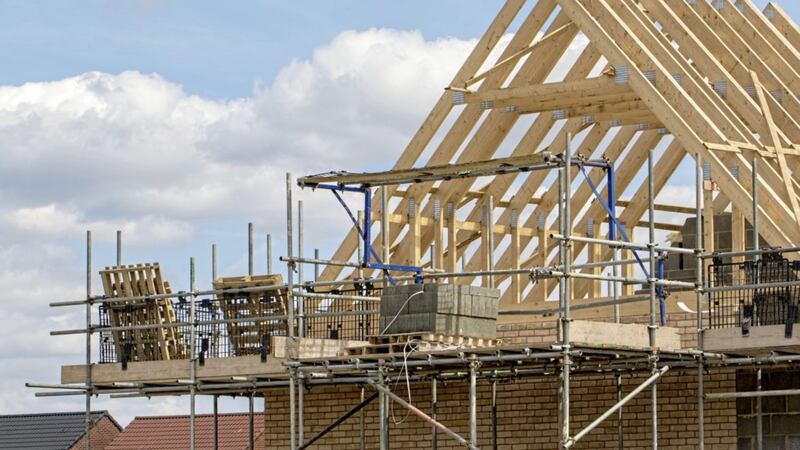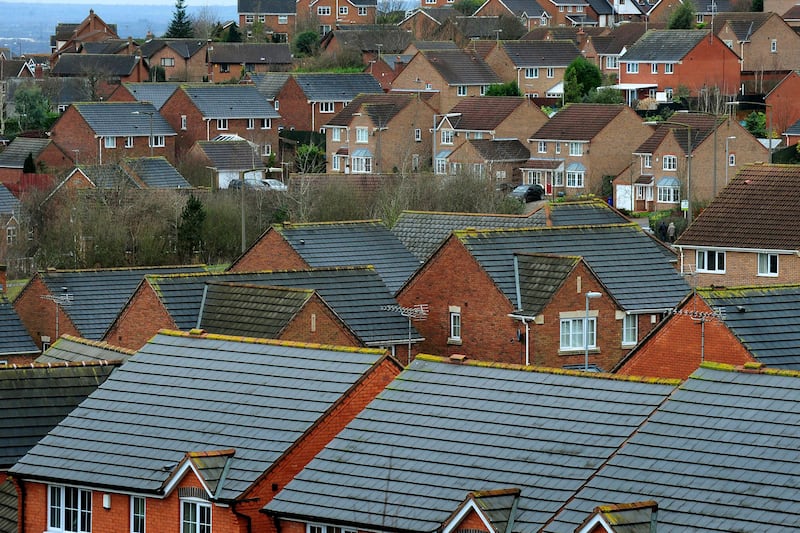ACTIVITY in the Northern Ireland housing market picked up again during August, but there are signs that the recent bumper surge in sales is beginning to slow.
According to HMRC, some 2,780 residential property deals were done last month, 290 more than during July.
It followed a spike of 3,880 house sales during June ahead of the deadline for the stamp duty holiday.
The number of sales recorded during August was 65 per cent up on the 1,690 sold during the same period last year, as the sector emerged from lockdown.
However, activity is just 3.3 per cent up on August 2019 (2,690 sales) and 1.8 per cent down on the 2,830 sold in August 2018.
The impact of last year’s lockdown on the building sector resulted in 2020 recording the lowest number of new dwelling starts since 2014, while the 6,420 new homes completed in 2020 was more than 1,000 below 2018 and 2019 levels.
Ulster Bank’s chief economist Richard Ramsey said while the 22,630 sales completed during the past eight months was the busiest year to date since 2007 (28,690), he said the recent HMRC data suggests the “transaction surge is waning”.
He said: “Northern Ireland residential transactions during January to August 2021 was almost double the conresponding period last year, and are 28 per cent above pre-pandemic period of January to August 2019.
“It was still 22 per cent below the 2007 bumper harvest and estate agents will know 2022 is set for fewer sales from the 2021 high.”
The north’s commercial property sector is also cooling off, with 270 non-residential sales on HMRC’s books in August, just 20 more than August 2019 and 140 fewer than in March 2021.








